Along Detroit River, city treasures and rare cars hidden in bubble wrap
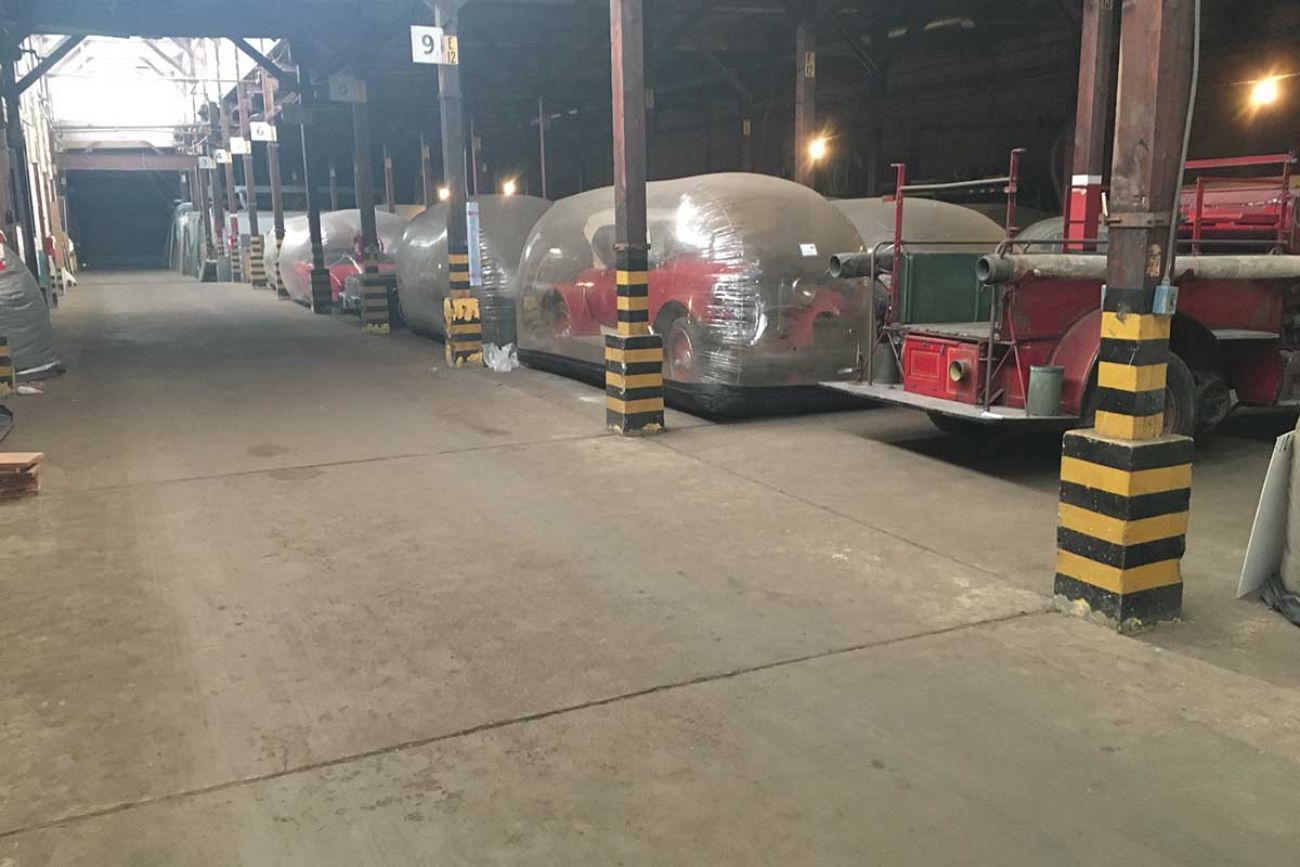
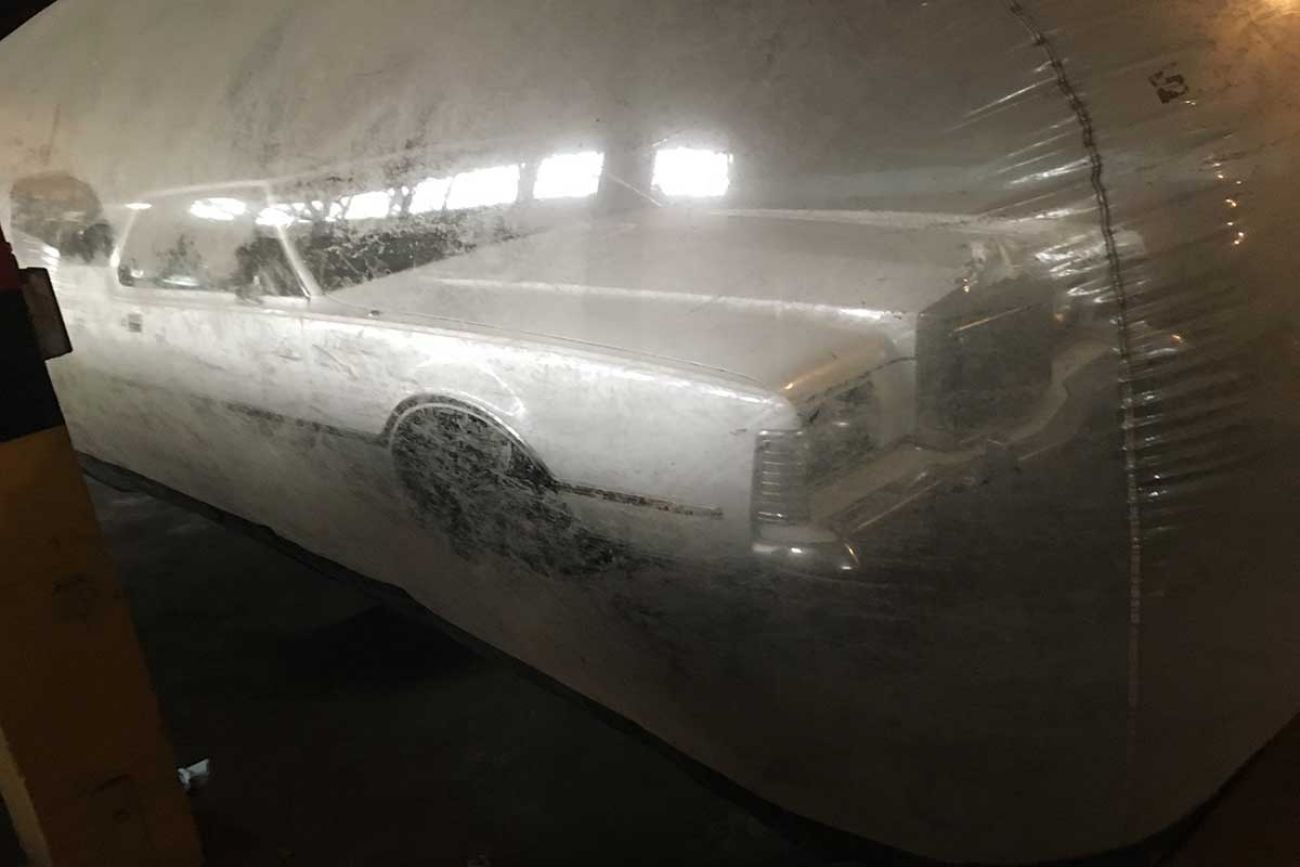

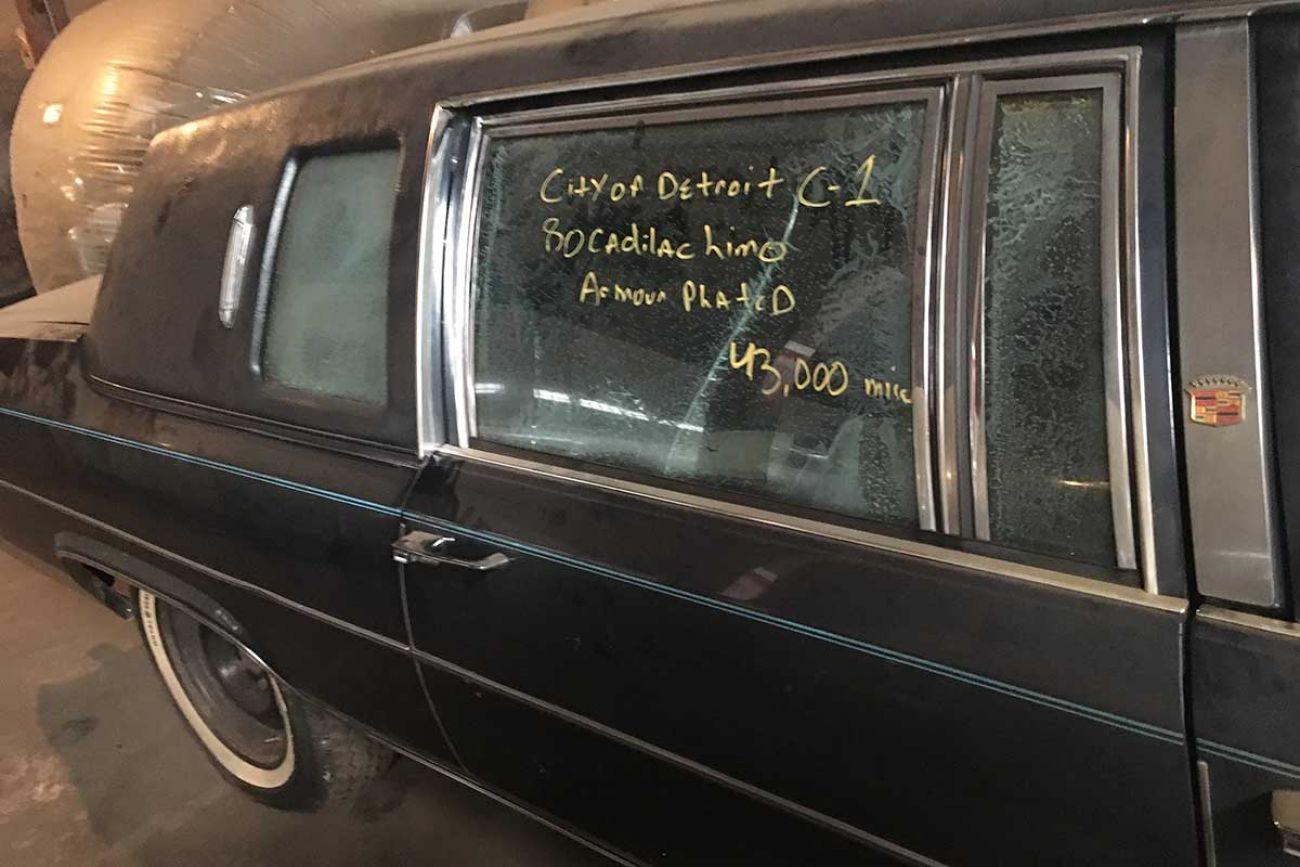
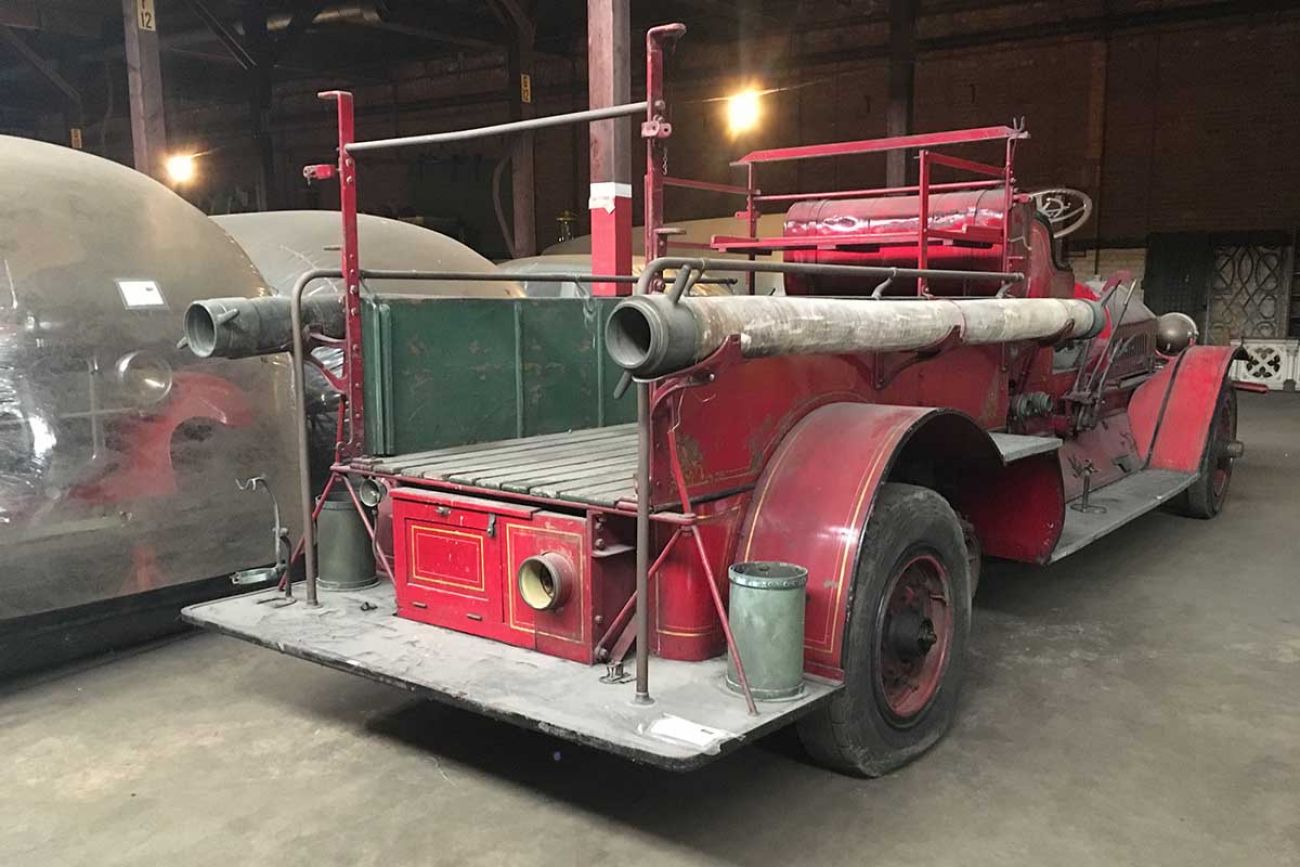

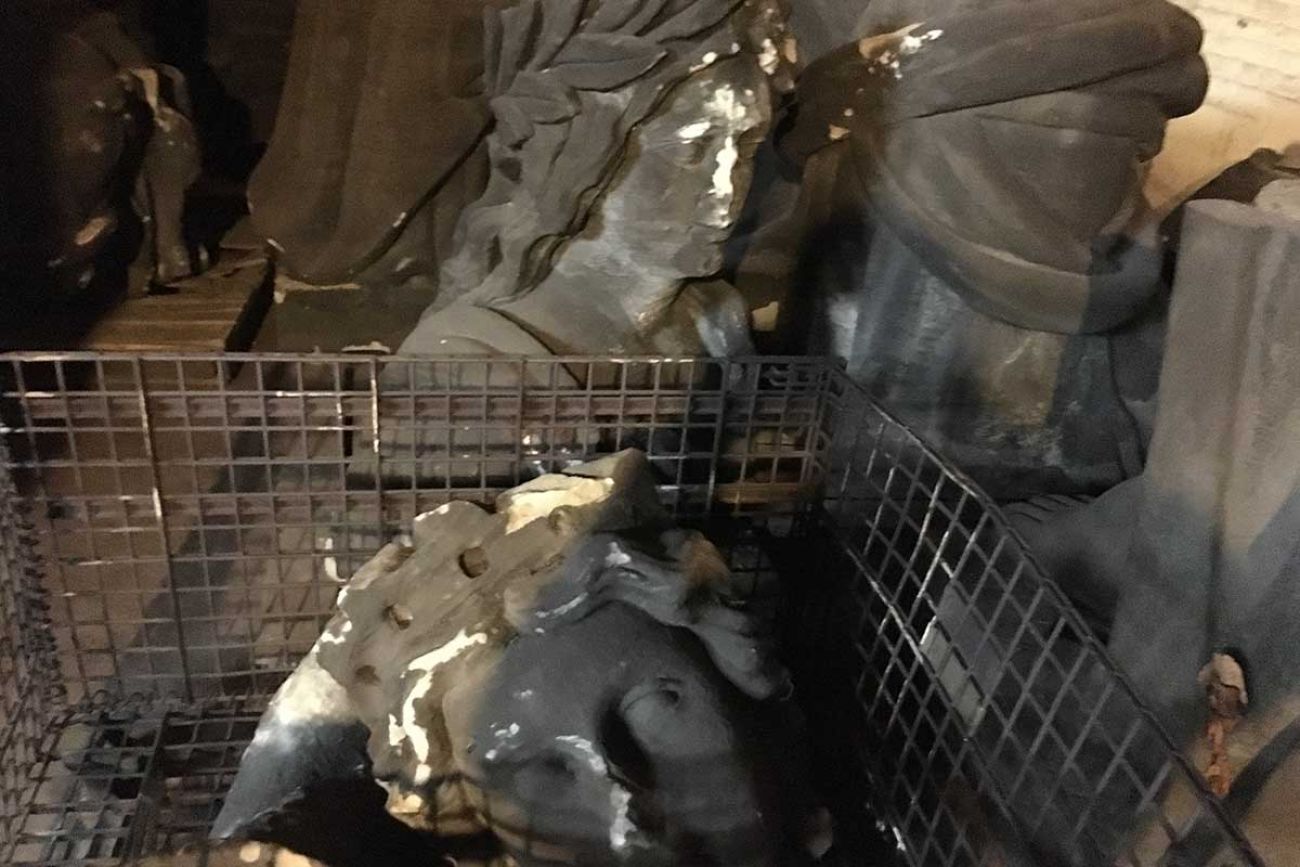

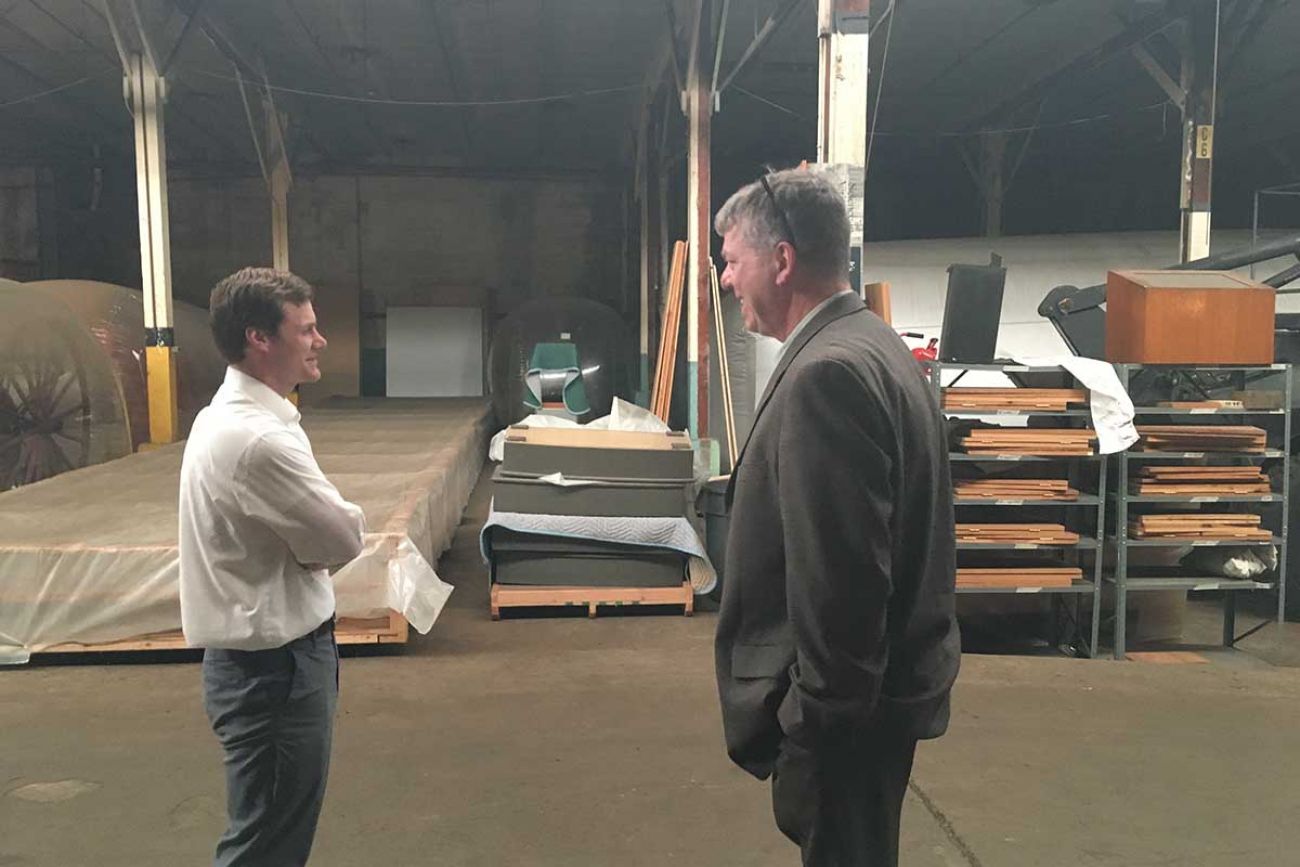

A century of Detroit treasure is stashed in a desolate trucking depot in the shadow of the Ambassador Bridge that connects the Motor City to Canada.
The warehouse has peeling paint, no signs and is so secret that creditors may have forgotten about it during Detroit’s bankruptcy that threatened the city’s assets.
Inside is 100,000 square-feet of catalogued artifacts and curios, including what’s been described as some of America’s rarest cars: Concept cars; the first AMC Pacer to roll off the line in 1975; a Lincoln Mark IV specially made for auto legend Lee Iacocca in 1973, and a 1980 armor-plated Fleetwood Cadillac limousine used by former Mayor Coleman A. Young.
Most of the 50 cars are encased in giant inflatable bubbles to protect the vehicles because that wing of the warehouse lacks heat, said Jeremy Dimick, manager of collections for the Detroit Historical Society, which safeguards the collection owned by the City of Detroit.
Related: Michigan leaders want to make crumbling Detroit fort into national park
Related: A new bridge is dawning in Detroit. Matty Moroun isn’t the only one unhappy.
Photos: A truck ferry offers a rare, gorgeous glimpse of Detroit River
“We’re pretty discreet here,” Dimick said. “I think they forgot about all this during the bankruptcy.”
The secret may be out soon. The building is part of quiet discussions among state and city leaders over what to do with land on the periphery of the Gordie Howe International Bridge, a span from Southwest Detroit across the Detroit River to Windsor, Ontario, whose construction is planned to start this fall.
The warehouse is part of Historic Fort Wayne, a mid-19th-century complex that was built for a war that never came. Now owned by the City of Detroit, the grounds include the Midwest’s only star-shaped fort and 39 buildings in various states of disrepair.
The most action the fort sees nowadays is during youth soccer games and Civil War reenactments. But it sits on 96 acres of Detroit Riverfront that could become prime redevelopment land with the construction of the new bridge, whose plans include a network of green spaces, parks and walkways.
Community leaders, along with aides to Gov. Rick Snyder, are lobbying to make the fort into a national park, Bridge Magazine has learned from officials involved in the discussions.
Rumors about the hidden stash of Detroit artifacts have been the stuff of legend. Occasionally, blogs have reported on the site, likening it to a Midwestern version of King Tut’s tomb. Usually, the location was kept secret.
Related: Goodbye to Delray, the Detroit enclave residents are getting paid to leave
Photos: Fond memories and burned homes: That’s Delray, the woebegone corner of Detroit
Bridge Magazine gained entry the old-fashioned way. It rang the bell, asked to see the stuff and was given a 40-minute tour by Dimick.
Inside are rows and rows of shelves, well-maintained with protective cloths and organized by category. Fans control the temperature of the cavernous building.
“Anywhere we can find a spot, we store furniture. We have a lot of furniture,” said Dimick, pointing to 19th century chairs and a Victorian Era wooden wheelchair.
The warehouse holds artifacts that can’t fit into the Detroit Historical Museum in Midtown. The city began its collection in the 1920s, and most items are donated, Dimick said. Many are photographed, put online, and placed on shelves or shoved in corners.
For history buffs, it’s Xanadu.
Paintings of long-dead industrialists. Elaborate turn-of-the-century dollhouses and slot machines. Tea sets and saucers that are part of what Dimick said is the world’s largest collection of chinaware used in Great Lakes freighters.
There are also motorboats, models of boats, and boat memorabilia.
On one cart sits old promotional films made by the Detroit Police Department in the 1970s. On another are mammoth statues of heads that once sat atop the ornate Old Wayne County Building in downtown Detroit. In another room, that building’s mammoth clockworks.
There’s clothes from every era, signage from the long-gone Tiger Stadium, a set piece from Soupy Sales’ television show, and Detroit Tigers great Charlie Gehringer’s bat, bound with electrical tape.
But it’s the cars that everyone wants to see, Dimick said.
The collection represents both one-of-a-kind items like a 1963 Cougar concept car from Ford that supposedly could reach 170 mph, and vehicles that are historically significant but mostly worthless, like a 1984 Dodge Cavaran, the minivan that helped save Chrysler.
Other cars include an old fire truck alongside an 1870 Phaeton Carriage car, a 1911 Model T, and Coleman Young’s armor-plated Cadillac with 43,000 miles.
See what new members are saying about why they donated to Bridge Michigan:
- “In order for this information to be accurate and unbiased it must be underwritten by its readers, not by special interests.” - Larry S.
- “Not many other media sources report on the topics Bridge does.” - Susan B.
- “Your journalism is outstanding and rare these days.” - Mark S.
If you want to ensure the future of nonpartisan, nonprofit Michigan journalism, please become a member today. You, too, will be asked why you donated and maybe we'll feature your quote next time!

